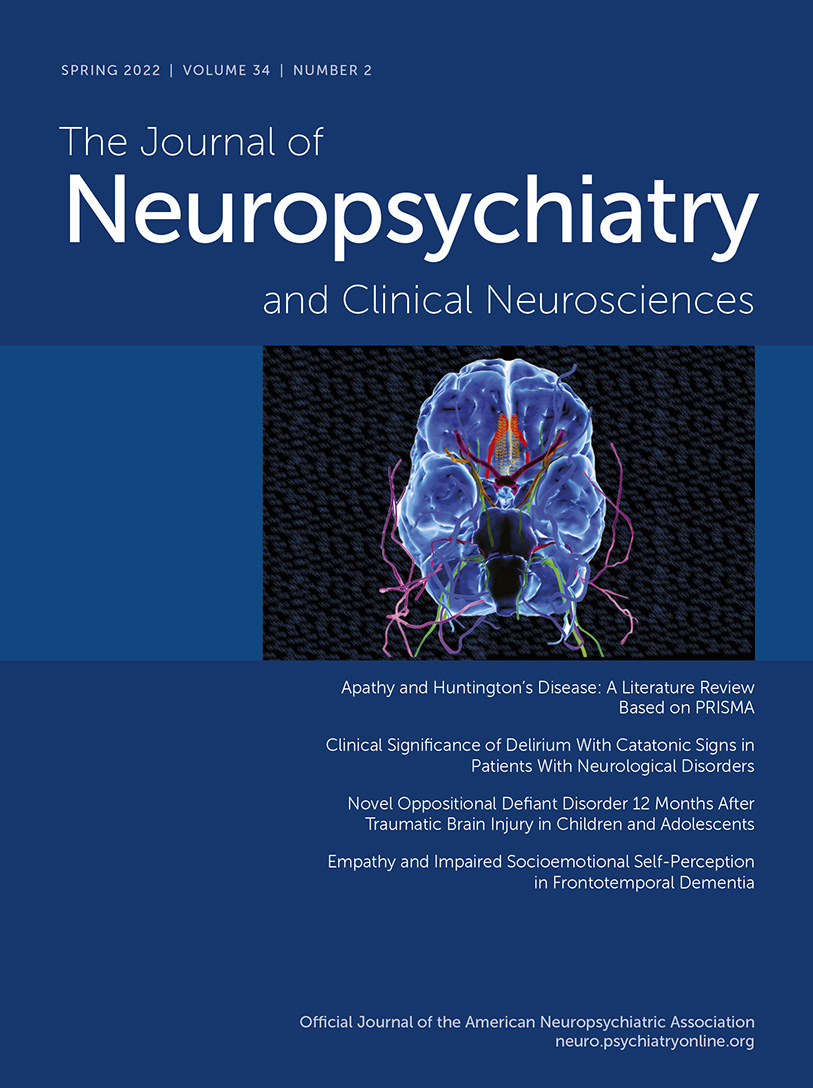Novel Oppositional Defiant Disorder 12 Months After Traumatic Brain Injury in Children and Adolescents
Abstract
Objective:
The investigators examined the factors predictive of novel oppositional defiant disorder in the 6–12 months following traumatic brain injury (TBI).
Methods:
Children ages 5–14 years old who experienced a TBI were recruited from consecutive admissions to five hospitals. Participants were evaluated soon after injury (baseline) for preinjury characteristics, including psychiatric disorders, adaptive function, family function, psychosocial adversity, family psychiatric history, socioeconomic status, and injury severity, to develop a biopsychosocial predictive model for development of novel oppositional defiant disorder. MRI analyses were conducted to examine potential brain lesions. Psychiatric outcome, including that of novel oppositional defiant disorder, was assessed 12 months after injury.
Results:
Although 177 children were recruited for the study, 120 children without preinjury oppositional defiant disorder, conduct disorder, or disruptive behavior disorder not otherwise specified (DBD NOS) returned for the 12-month assessment. Of these 120 children, seven (5.8%) exhibited novel oppositional defiant disorder, and none developed conduct disorder or DBD NOS in the 6–12 months postinjury. Novel oppositional defiant disorder was significantly associated with lower socioeconomic status, higher psychosocial adversity, and lower preinjury adaptive functioning.
Conclusions:
These results demonstrate that novel oppositional defiant disorder following TBI selectively and negatively affects an identifiable group of children. Both proximal (preinjury adaptive function) and distal (socioeconomic status and psychosocial adversity) psychosocial variables significantly increase risk for this outcome.



